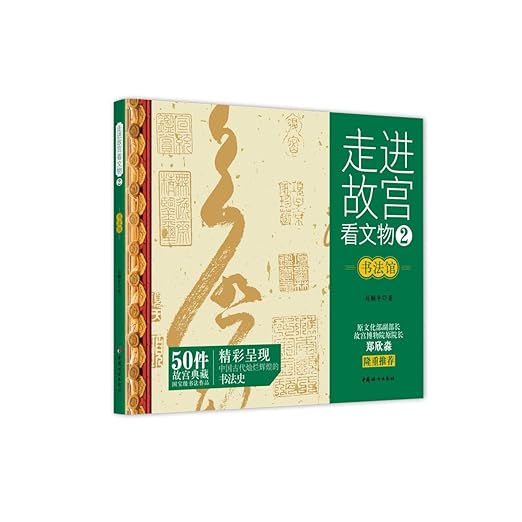WULOLIFE
《走进故宫看文物2·书法馆 50件故宫典藏国宝级绘画作品》出版社: 中国妇女出版社
《走进故宫看文物2·书法馆 50件故宫典藏国宝级绘画作品》出版社: 中国妇女出版社
Couldn't load pickup availability
Description
内容简介 · · · · · ·
中国书法,特指用毛笔书写汉字的艺术。秦汉时期,毛笔出现,纸、绢逐步普及,能写字、善于写字的人越来越多。文字实用性之外形式之美,越来越为大众所接受,书法因此出现,书家由此成名。 东晋时期,篆、隶、楷、草、行五种书体都已出现。“书圣”王羲之开创的魏晋新书体,结构优美,流便潇洒,大大区别于此前带有浓厚快就流行起来。 东晋二王之后,由书体变迁推动书法艺术发展的时代就结束了。书法家要成名,除了继承传统,更重要的是创新。善写楷书的欧阳询、颜真卿等书家推陈出新,一变二王的妍丽为端庄,将楷书艺术推向了巅峰! 嗣后“宋四家”中苏轼、黄庭坚、米芾在北宋求新求变的时代氛围影响下,强调书法的个性和表现力。所以前人曾总结过:“晋人尚韵,唐人尚法,宋人尚意。” 宋代以后,称得上承前启后的大书法家,就只有元代赵孟 和晚明董其昌了。赵孟 扭转了南宋以来的他的书法秀润典雅,影响深远。 灿烂的书法史,如同浩瀚夜空。开时代风气的大书家和他们的追随者,所留下的珍贵墨迹,更是那漫天繁星。故宫博物院以其无与伦比的馆藏,闪耀全世界。其中之皇家珍藏,多为流传有序的名家名作。本书从中精选五十件书法作品,力求再现中国古代灿烂辉煌的书法发展史。本书所收作品始于西晋陆机,终于晚清吴昌硕,跨越千年,风格多样。中国书法的脉络,于此清晰可见。作品解说外。
